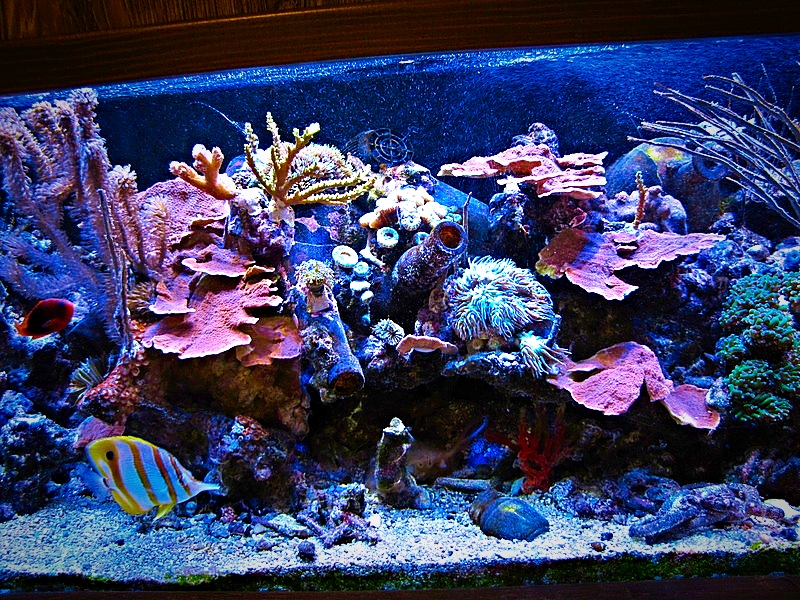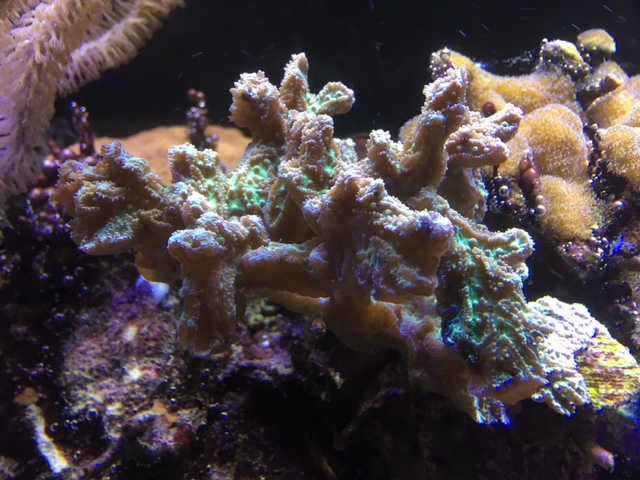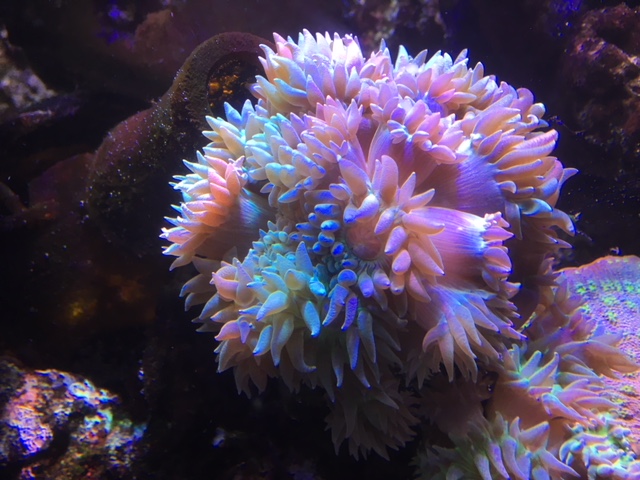delete
Last edited:
Follow along with the video below to see how to install our site as a web app on your home screen.
Note: This feature may not be available in some browsers.
I think reefkeepers have been caught up on the idea that the pristine reefs don't have ANY algae and it is a pest that shouldn't be there.. However if you take a closer look at any reef you will see that there are 100s of billions of herbivores there in the same habitat that the coral is growing in. Therefore it should be obvious that all of these grazers are eating something and that the reefs pristine water isn't what prevents algae from growing.
I also think there is not only way to achieve a great tank, there are several.
Achieving pastel like SPS coloring, eg, is simply easier with ULNS systems. Living on the edge, of course, is not everybody’s favorite.
Much more important than to reach a certain nutrient level (.... and where should it be ?...) in my eyes is to keep the levels constant for a longer period of time. Corals acclimate to conditions they live in.
Much more important than to reach a certain nutrient level (.... and where should it be ?...) in my eyes is to keep the levels constant for a longer period of time. Corals acclimate to conditions they live in.
I for one can't get a consensus on what those nutrient levels should be either. There are just far too many opinions on this. I got tired of searching so now I try to match Dr Randy's & Mcarrol's suggested range.Much more important than to reach a certain nutrient level (.... and where should it be ?...) in my eyes is to keep the levels constant for a longer period of time. Corals acclimate to conditions they live in.

Bear in mind the low phosphate regimen they tested in that paper is lower than needed to control some types of algae: 0.006 uM, which is only 0.0006 ppm.

many people were (and still do) target undetectable or low as possible phos as the best range for controlling algae in reef tanks. This article does contract that idea.
What range would you suggest as a level of phos to control algae growth?


Nutrient control and algae is an old wives tale, just ask an old wife. Of course algae needs nutrients but it needs so little that it doesn't matter. If you put clean seawater with zero everything in the sun, it will grow algae. My nitrates are 160 and my po4 is 2.0. See any algae? I even have a hard time growing it on my algae scrubber. There is something else that spurs algae and I don't know what it is. But no one else does either. If they did, it would be easy to control. But it does grow on every healthy reef in the sea.
One thing I do agree with you on, and is certainly correct, is that very high nutrients does not "cause" algae. If all other conditions for growth are met, it permits growth.
I can list at least a dozen things that algae critically needs to survive, including chemicals and other factors. The fact that your system uses one other than availability of N and P to limit algae growth is hardly evidence that limiting N and P doesn't work.


The rules I run by:
a) make sure there are no macro algae in the system (bryopsis, bubble, etc) - if there is, treat with fluconazole first to eliminate the problem. You'll find that your phosphates will rise after being released by the macro algae die-off.
b) Now that you have free phosphate that can be used by the corals, feel free to keep it anywhere between 0.03 and 0.1.
c) live by the Redfield Ratio (NO3[ppm] / 65) / (PO4[ppm] / 95). You're aiming for 16. ..16 mol of NO3 to 1 mol of PO4.
As long as the ratio is right around 16, PO4 is at 2 or lower, levels of NO3 around 15 are fine and shouldn't cause algae issues. Here's a link to a chart for reference. Note that mg/l is the same as ppm (thank you, metric system!). There's simply no need to starve a reef tank when there's an optimal ratio between NO3 and PO4 that's been around 80 years and has proven itself out time and time again. You can find similar charts that give a little more leeway in the numbers, but the goal of all of them is to keep that ratio as close to 16:1 as possible. Do note that I'm not recommending you run your PO4 at 2. That can cause CaCO3 uptake issues with some corals. When reading the chart, please mentally convert the commas to decimal points (rest of the world vs. US notation).
http://www.dansreef.co.uk/wp-content/uploads/2018/01/RR.jpg
